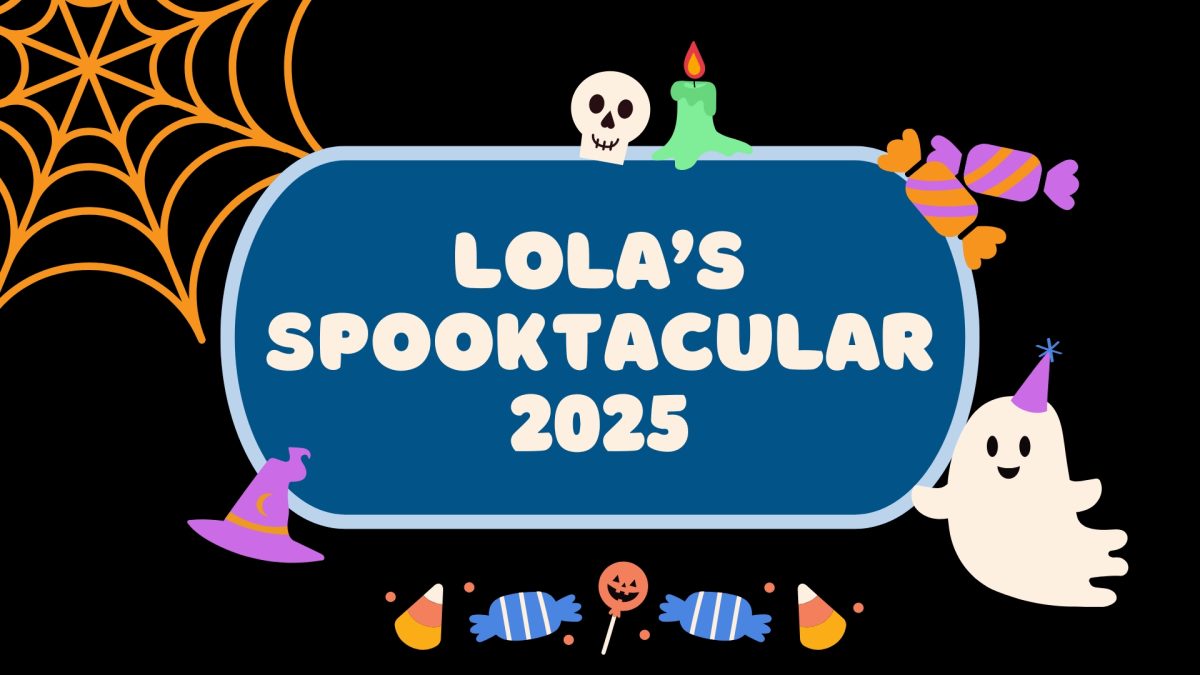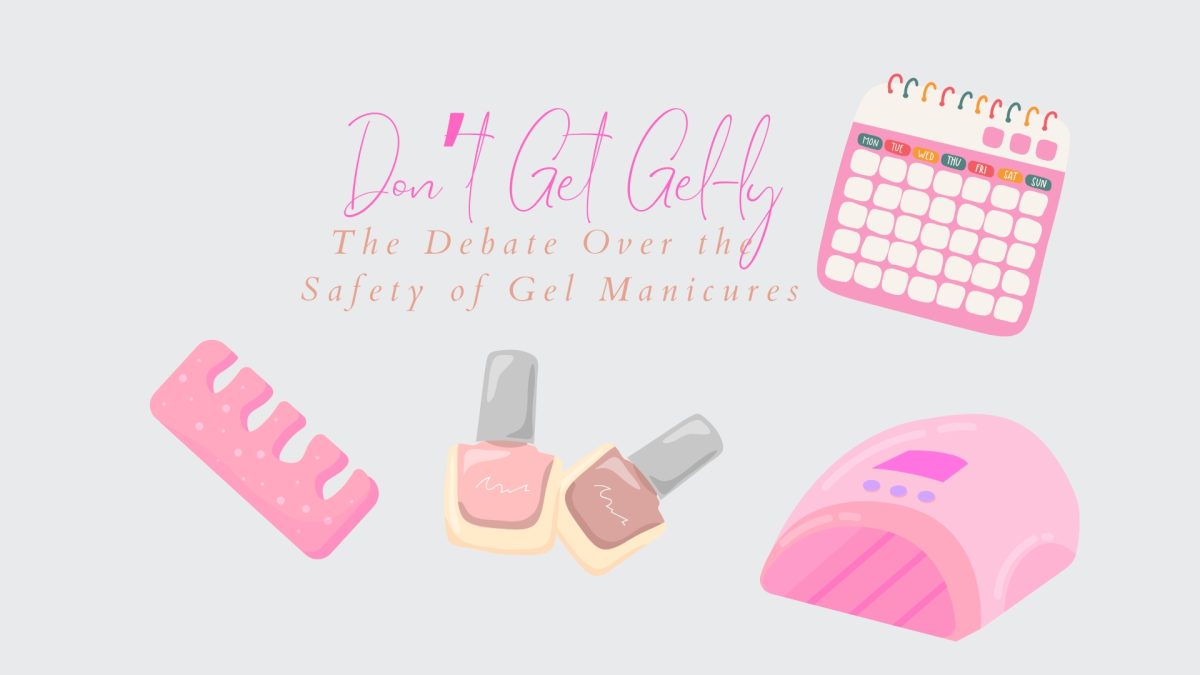Denim Jeans are a staple in any closet. No matter your age, jeans come in all shape, sizes, and colors. From high fashion to humble farms, denim is central to Americana style. After all, what could be more quintessentially American than Bruce Springsteen’s Born in the U.S.A. album cover?
Denim, much like the “James Dean, day/dream look in your eye, never goes out of style”, but how sustainable is this fabric? To produce a single pair of Levi’s jeans requires an astounding 3,800 liters of water, although this figure can vary across the industry. The textile manufacturing sector is responsible for a whopping 20% of global water pollution, especially impacting densely populated regions like India and Bangladesh.
Now, here’s a striking contrast to think about: in 2023, the United Nations revealed that a staggering 2 billion people—about 26% of the world’s population—lack access to safe drinking water. The disparity is painfully crystal clear: while the fast fashion industry guzzles massive quantities of water, billions of individuals are left grappling for even a drop of clean drinking water.
The unsettling reality doesn’t stop there. In Tirupur, India, the denim industry is a notorious culprit when it comes to polluting the Noyyal River, which in turn harms nearby agricultural lands. During denim production, colored wastewater is released, contaminating local streams that eventually feed into the river, leaving a trail of contamination that affects both the environment and the livelihoods of many. Our choices in fashion carry real consequences—it’s time we start to pay attention.
While it might be easy to feel overwhelmed by the current environmental challenges, let’s not allow despair to silence our potential for change.
The denim industry stands at a crossroads, with an urgent need to adopt more sustainable practices that drastically reduce its environmental footprint. This means cutting down on energy consumption, lowering emissions, and minimizing waste, all while implementing smarter, more responsible approaches to water use and conservation.
But here’s the exciting part: change is not just possible; it’s already happening! Since 2011, Levi’s has pioneered over 20 innovative Water<Less® manufacturing techniques, enabling them to craft the jeans we love while conserving an astounding 3 billion liters of water in 2020!
And guess what? You can be the change agent too! Every small step you take can create a ripple effect, contributing to a wave of positive impact. Together, let’s turn the tide towards a more sustainable future!
Join the Movement: Here’s How You Can Make a Difference!
Shop Second-Hand: Discover the treasure trove of local thrift and resale stores. You might just find a unique Y2K piece while reducing waste!
Care for Your Clothes: Extend the life of your wardrobe and in the end, your dollar! Wash less frequently, try hand-washing, let your clothes air dry, and mend those small tears.
Give Clothes a Second Chance: Before tossing unwanted items, consider donating them to a local charity or selling them at resale shops like Plato’s Closet.
️ Choose Quality Over Quantity: Invest in well-made clothing that stands the test of time and remains stylish for years to come.
Be Mindful of Fast Fashion: Limit your support for brands like Forever 21. Opt for sustainable choices that prioritize our planet over fads.














